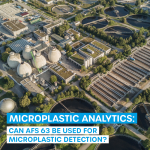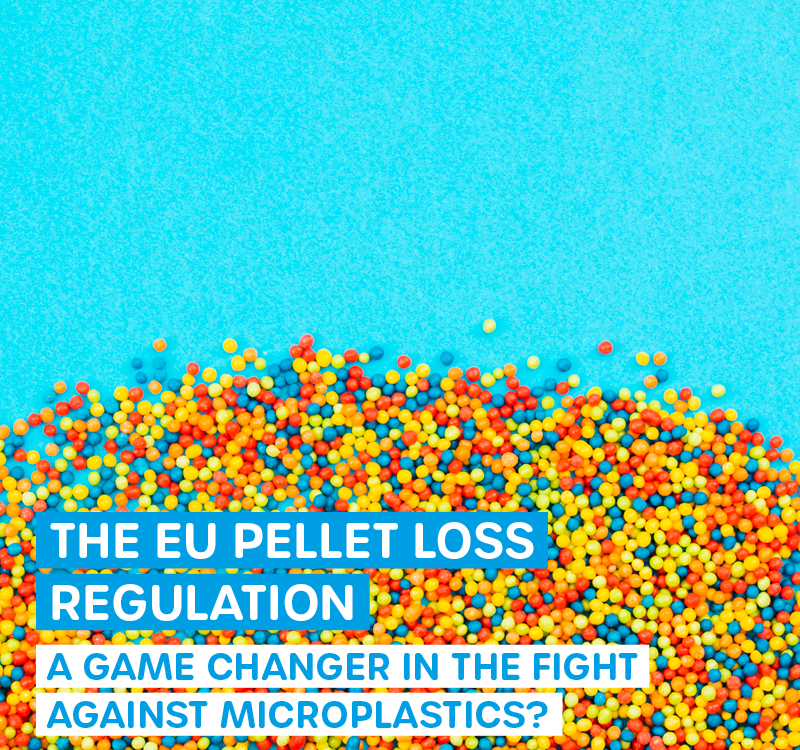
ESG and CSRD Reporting
22. September 2025
AFS 63 and Microplastics Analytics
29. September 2025Why Gully Filters Cannot Solve the Microplastic Problem: A Critical Economic Viability and Effectiveness Analysis
Despite promising laboratory results, urban or gully filters do not represent a sustainable solution to the microplastic problem. A comprehensive scientific analysis shows: The costs are exorbitantly high, while only a fraction of the actual microplastic input is captured. The majority of pollution occurs through other transport pathways.
The Concept of Gully Cover Filters and Their Application
Gully filters, also referred to as "urban filters," are multi-stage filter systems installed in street drains to filter microplastics and other pollutants from rainwater before they enter the sewage system. Current scientific studies confirm what common sense already suspected: The most important sources of tire wear are high-traffic intersections, traffic lights, and curves, with intersections being significantly more heavily loaded than pure traffic light intersections due to higher mechanical stress.
Critical Insights into Microplastic Distribution
The scientific evidence regarding the distribution of tire wear particles in the environment paints a sobering picture for the effectiveness of gully filters. Studies show that approximately 60 percent of tire wear enters soils directly, while only 20 percent is transported via surface waters.
Recent studies from TU Berlin refine these figures: Only 12 to 20 percent of tire wear ends up in surface waters -- and only during precipitation events.
These findings mean, conversely, that gully filters can capture at most 12-20% of microplastic emissions. The vast majority (80%) is distributed through atmospheric transport, wind erosion, and other physical mechanisms and never reaches the filter systems.

Atmospheric Microplastics © Wasser 3.0
Composition and Complexity of Street Sweeping Material
Street sweeping material represents a complex mixture of various pollutants that extends far beyond microplastics. Scientific analyses show that heavy metals such as zinc, copper, and lead make up between 77-91% of the particulate fraction and originate mainly from tire wear, brake pads, and vehicle corrosion. Additionally, organic pollutants such as polycyclic aromatic hydrocarbons (PAHs) from combustion processes are found, as well as other components such as mineral oils, fuel residues, and road salt.
Passenger car tires are responsible for 88% of tire wear, truck tires for an additional 8%. On average, 13 kg of street sweeping material per inhabitant per year accumulates in Germany, which illustrates that microplastics represent only part of a much larger pollution problem. Studies on the efficiency of street sweeping machines show that even under optimal conditions, up to 80 % of larger particles are captured, while only about 55 % of the smallest particles can be removed.
Economic Viability Analysis: Exorbitant Costs for Minimal Benefit
While concrete figures on the total number of gully covers in Germany are not available, realistic estimates can be derived based on the road infrastructure. Germany has an extensive road network of several hundred thousand kilometres. In urban areas, an average of one gully per 30-50 meters can be expected, leading to a total estimate of several million gully covers nationwide.
For a realistic economic viability assessment, both installation and maintenance costs must be considered. Comparable infrastructure filter systems have installation costs of €2,000-5,000 per filter and annual maintenance costs of €200-500. It should be noted that the modules must be cleaned at least once a year to maintain their functionality.
A critical calculation example for merely 100,000 filters illustrates the dimensions: The initial investment would amount to €200-500 million, with annual maintenance costs of €20-50 million. Over a period of 20 years, total costs would amount to €600 billion to €1.5 trillion.
Actual Benefit vs. Effort
Current scientific studies show that at most 12-20% of an estimated 60,000-100,000 tons of annually emitted microplastics even reach the gullies. This corresponds to 7,200-20,000 tons per year. Filter studies prove that even highly efficient systems can retain only about 66% of incoming microplastics. Thus, in reality, only 4,750-13,200 tons would be captured annually.
The costs per avoided ton of microplastics would thus be €45,000-126,000 annually -- a sum that clearly underscores the uneconomical nature of the approach.
Technical Limitations and System Failure
Scientific investigations of rainwater treatment systems reveal additional critical problems: Especially during heavy rainfall, when the highest microplastic loads occur, the systems fail due to overload. The necessary maintenance of millions of filters represents a logistical nightmare, while the disposal of collected, contaminated filter materials creates additional environmental problems.
Alternative Treatment Approaches and Their Efficiency
Current research on alternative rainwater treatment methods shows more promising approaches. Bioretention systems achieve removal efficiencies of 84-96% for microplastics, while constructed wetlands can achieve 28-55%. Special filter materials such as biochar and bark show removal rates of over 97% for various microplastic types in laboratory tests.
Scientific Conclusion: Systemic Problems Require Systemic Solutions
A comprehensive scientific assessment of over 500 analyzed scientific publications classifies gully filters as a classic example of end-of-pipe technology -- cost-intensive, inefficient, and merely acting symptomatically. Research clearly shows that a sustainable solution to the microplastic problem requires systemic approaches.
Current scientific review papers identify several promising systemic solution approaches: The development of more abrasion-resistant tire materials already shows initial success in reducing particle emissions. Vehicle optimization through lighter, more efficient designs can significantly reduce mechanical stress on tires. Traffic policy measures such as speed limits and traffic calming have proven to be cost-effective methods for emission reduction.
The expansion of alternative mobility through improved public transport systems and cycling infrastructure offers the greatest potential for long-term emission reductions. Studies on the effectiveness of these measures show that a combination of technical improvements and traffic policy measures is significantly more cost-effective than downstream filtration solutions.
The scientific evidence is clear: Instead of expensive and inefficient gully filter systems, resources should be invested in preventive, systemic measures that address the problem at its source and demonstrably achieve greater environmental impact at lower total costs.






